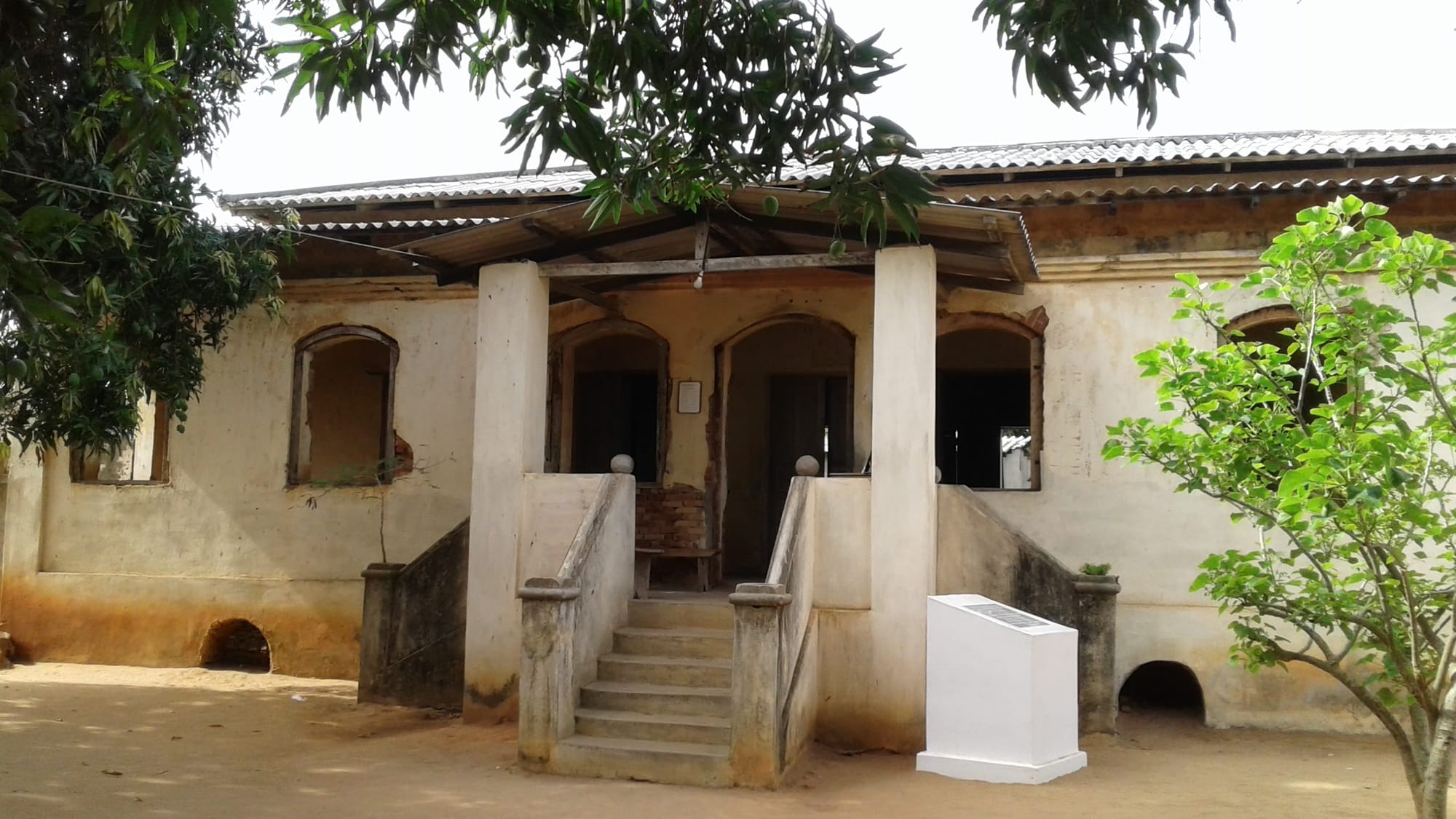Haunted by the Ghosts of Slave Traders

It’s a hot afternoon here in the Maritime Region of Togo. The cold water I am gulping can quench my thirst, but it can’t cool off the resentment my heart harbors against the perpetrators of slavery.
I have just visited the property where slaves were "warehoused" before being shipped to the other side of the Atlantic. Built in the 1830s, the house has a basement used, at the time, to "store" slaves en route to the Americas.
The first owner of this place was a European slave trader, namely John Henry Woods. Some members of the local community still refer to the six-bedroom house as Chez Woods.
While Woods and his co-conspirators lived comfortably in the Afro-Brazilian structure, the inhumane conditions experienced underneath the floor were a harsh introduction to the journey the victims of their illegitimate trade were about to embark on. Captives who spent time here came from present-day Togo, Benin, Ghana, Burkina Faso, Niger, Nigeria and beyond.
While in the cramped basement, I tried to squeeze my 6-foot frame into a 4-foot slaves’ chamber. Obviously, I couldn’t stand. The only choices I had were to sit, squat, kneel or lie down. The measurement of this confinement matches the size of the compartments partitioned in the ships that ferried slaves in the 17th Century.
Maison des Esclaves is located in Agbodrafo, about thirty kilometers from Lomé and twenty kilometers from Aného. Formerly known as Porto Seguro (Safe Harbor), Agbodrafo is sandwiched between the Atlantic Ocean and Lake Togo.
